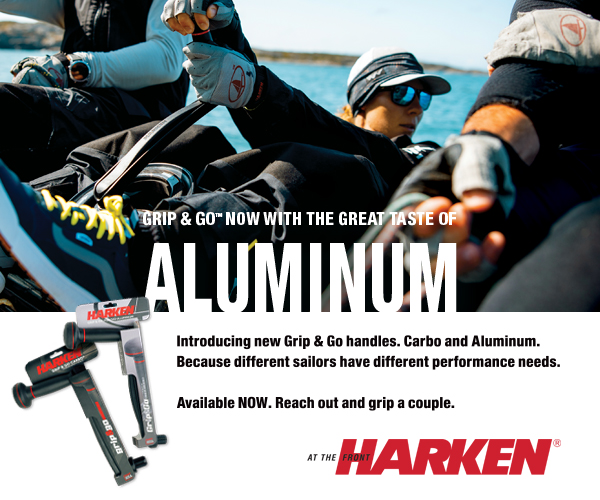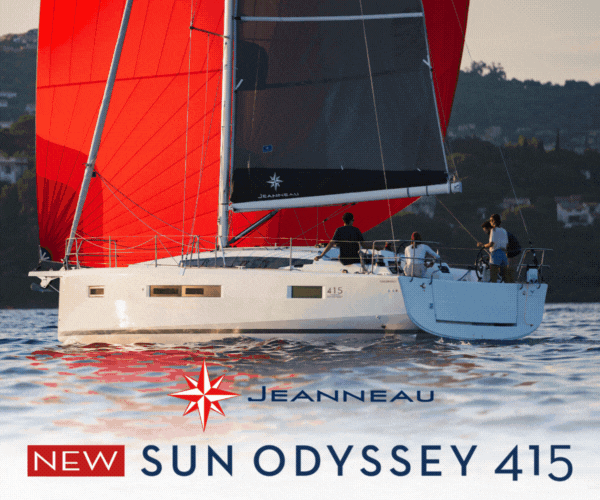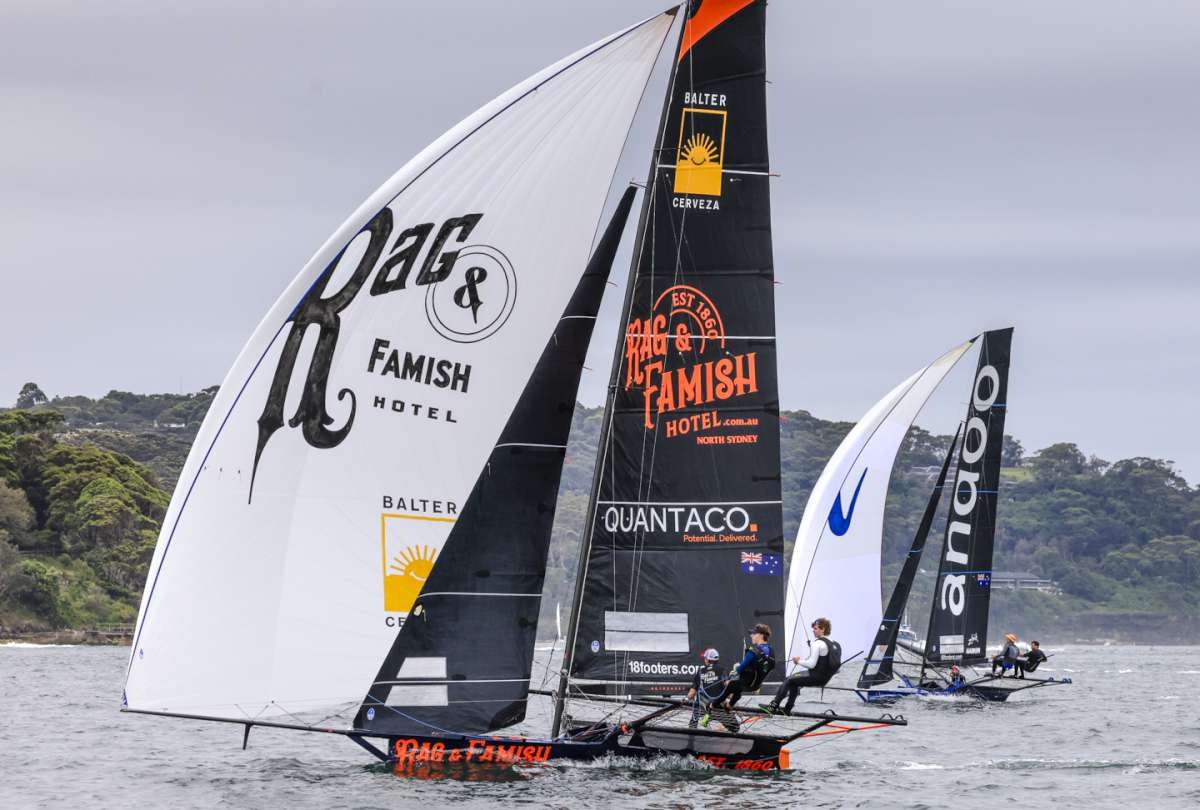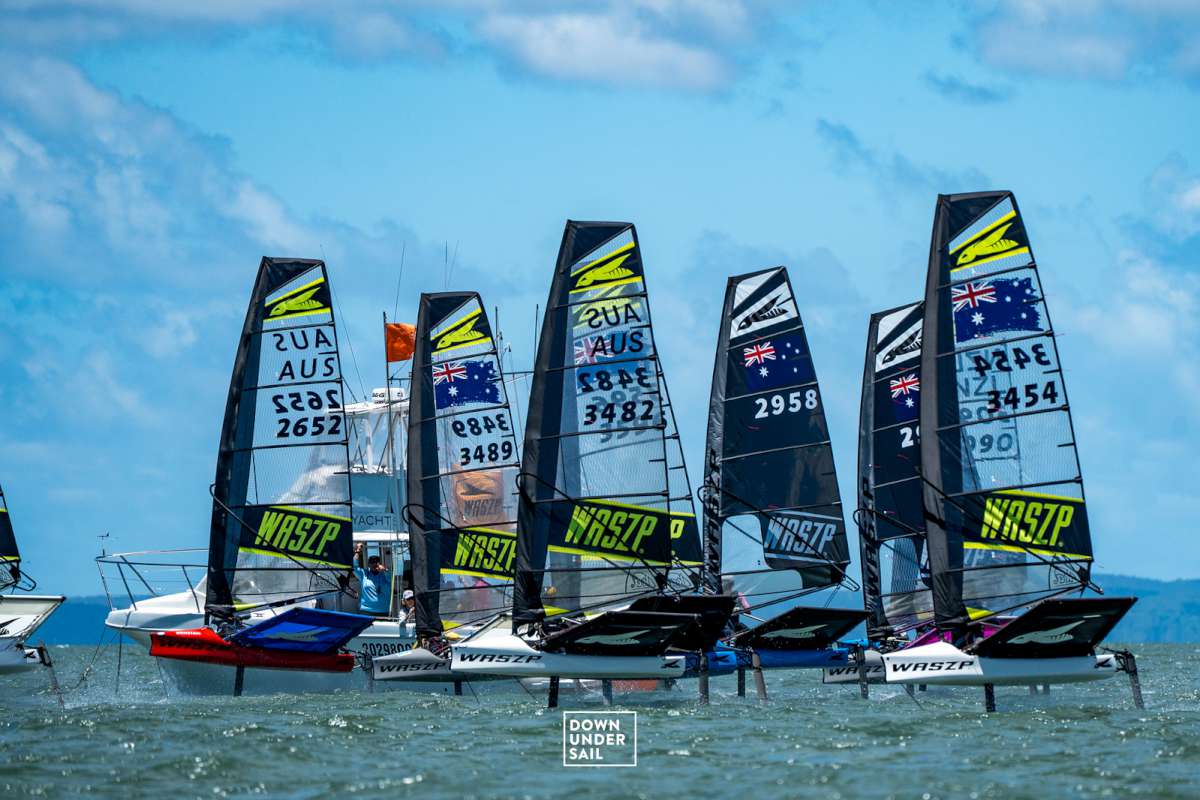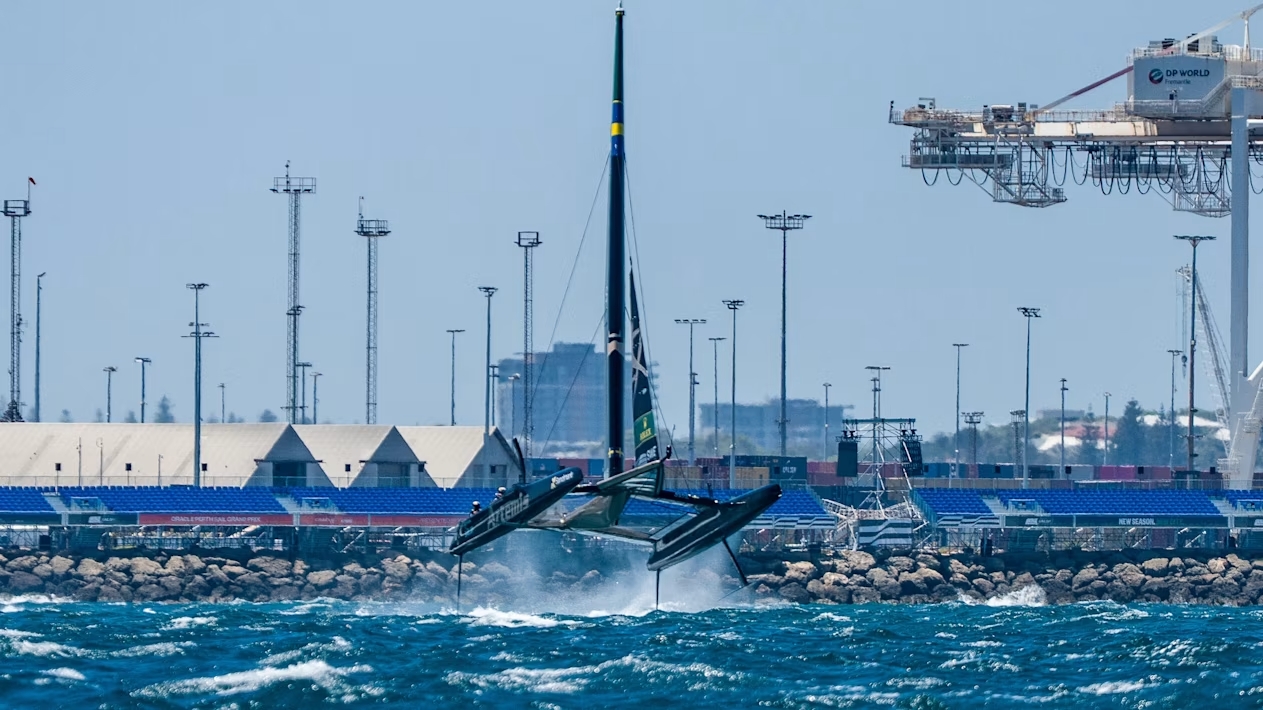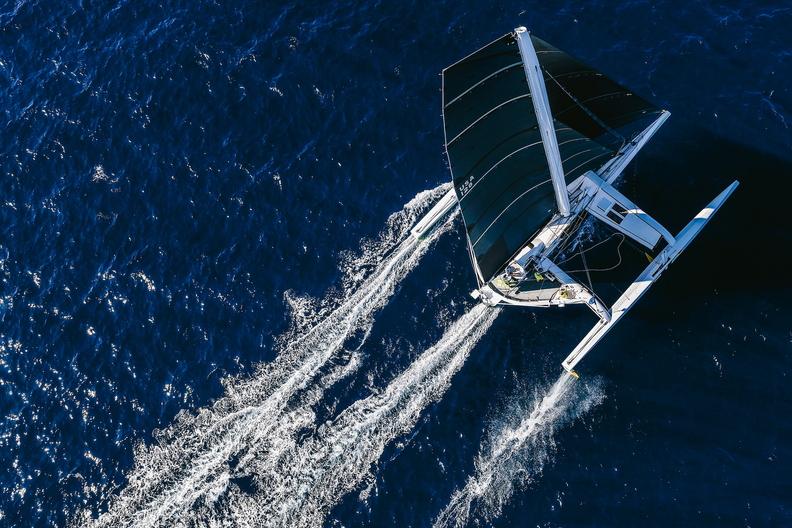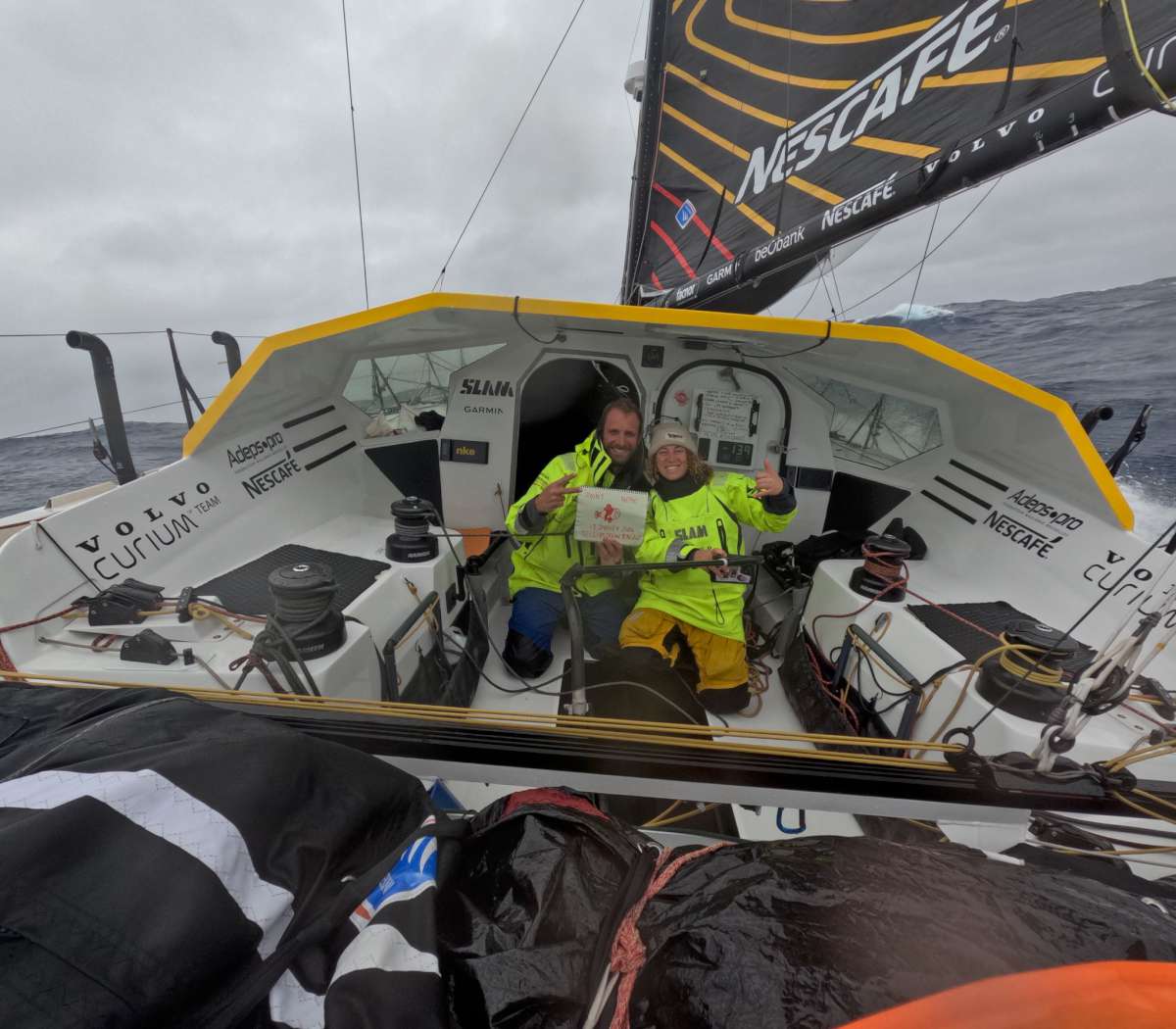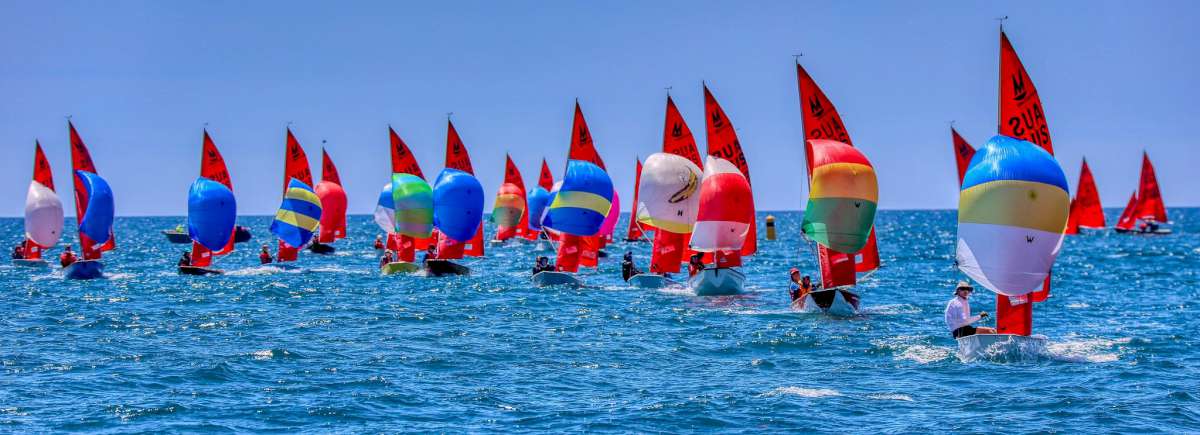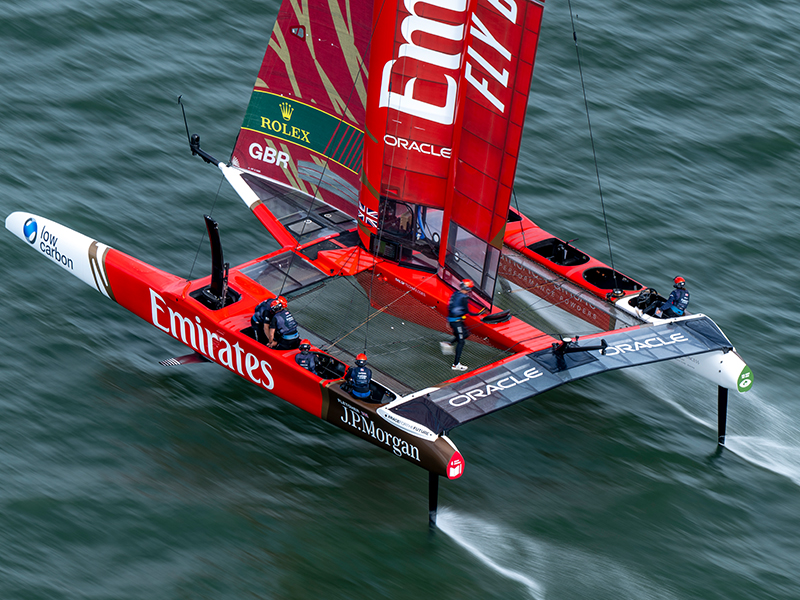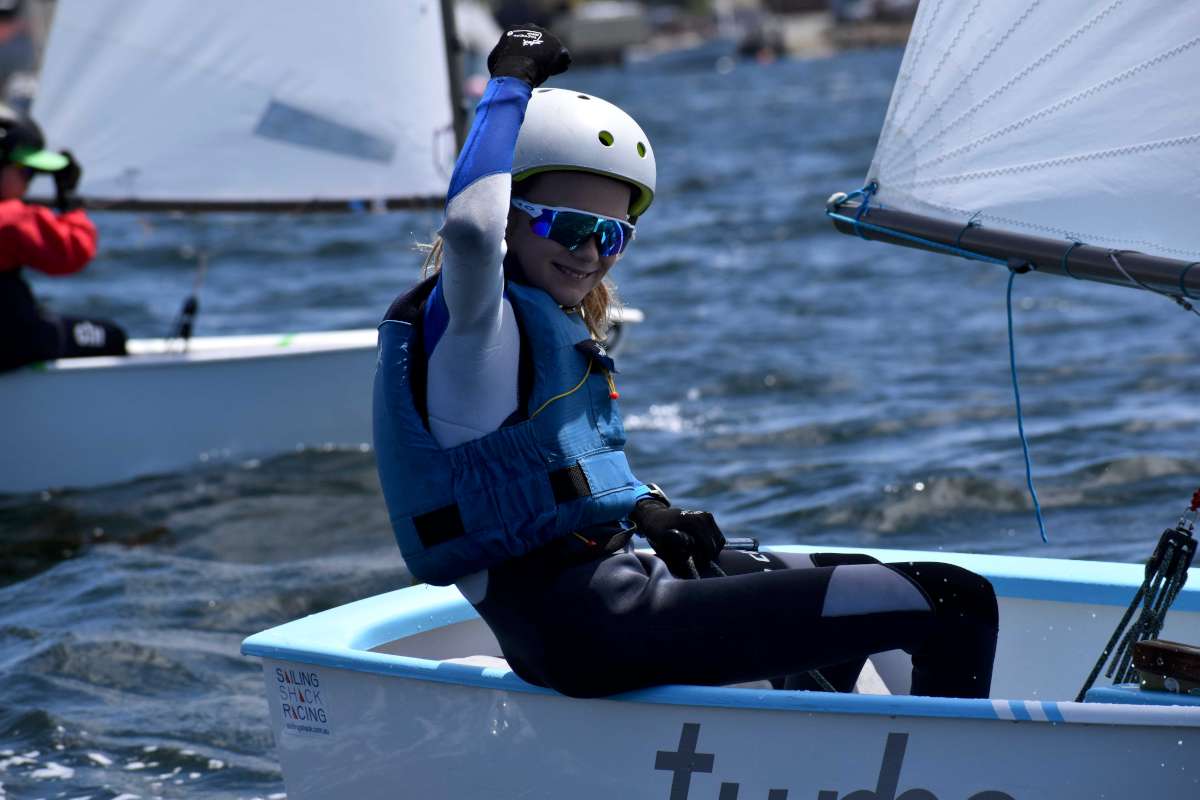One of the key factors behind the astonishing worldwide growth and development of the OK Dinghy over the past 62 years was the intent that boats could be built by anyone, anywhere – one of the overriding concepts from the man who created the class, Axel Damgaard Olsen.
That, along with the simplistic beauty of the design from Knud Olsen, enabled sailors throughout the world to build a competitive boat in their backyard. It is what started the global spread and interest in the class and allowed it to thrive through the 1960s and 1970s.
The recent Symonite World Championship in Auckland was a great indication that this trend has not only continued, but is also growing again, with around 20 per cent of fleet either home built, or built as one-offs using techniques meant for home building.
Within the 111 boat fleet there were hulls from 32 builders in seven countries. This, of course, included a range of production boats, and these are of a higher quality than the class has ever before experienced, but there were also an increasing number of home built boats once again, with two of these also making it into the top ten.
In fact only four of the top ten were production boats; the rest being either home built, or built using Dan Leech’s CNC kitset plans by professional builders. Throughout the fleet there were 13 Leech designed boats, as well as eight other home built boats. Many others were part completed or finished by the owners.
A certain individualistic element is always present within the OK Dinghy fleet and a brief look around any dinghy park will tell you that OK Dinghy sailors like to be different. Innovations and new ideas are never far away, though in all aspects concerning speed, the boats have to follow a strict and refined set of measurement rules.
This was readily apparent in that the third placed boat in Auckland was a 35-year-old Icebreaker. The boats have moved on a long way since the 1980s, but can still race together. Granted it was kept in good condition, but given the slant these days for ensuring sustainable boat build practices and long lasting boats, it is a great advert for the class within the environment of the modern crash and burn boats.
Within the top 10 there were four different hull shapes, five different sailmakers, three mast builders, two boom types, and five different foil makers. This diverse range of equipment is pretty much prevalent throughout the whole fleet.
There were 32 boat builders from seven countries recorded. Of course not all are current, some boats were 40 years old, but there is a good mix of production boats alongside home builds. With the event in New Zealand it is no surprise to see Icebreaker and Mackay hulls (using the Icebreaker shape) top the numbers, while Ovington’s relatively recent design is not far behind.
Aside from builders having more than one boat present in the table, the following builders were recorded: Comfort and Taylor, Aqua Magic, Atkinson, McDowell, Tony Thresher, Sel Pedersen, Max Carter, Hakes Marine, Mikael Delfs, Rob Coutts, Peter West, Stechman, Alan Mitchell, Greg Salthouse, Phil Salthouse, Bob Foster and Unitec.
Hull design/shape
Around 45 per cent of the fleet used the Kiwi designed Icebreaker shape dating from the 1970s, while the now double world championship winning Dan Leech shape was the second most popular. The four most popular hull shapes are all quite different, but provide surprisingly equal competition on the water.
There has clearly been a lot of investment in the class over the past 2-3 years with half the boats being three years old or less. However, 11 were more than 20 years old, with two even dating back to the 1960s.
Masts
C-Tech continues to dominate the mast market, not really surprising given the number of sailors from New Zealand and Australia taking part. This table would look quite different in Europe, with Ceilidh, which also makes the popular HIT masts for the Finn fleet, now making most of the masts for the fleet.
Sails
As expected, North and Turtle sails dominated the numbers in New Zealand; however Turtle had the most sails from a single loft, with the North sails coming from lofts in both Britain and New Zealand. Green sails are also very popular in Europe and had a lower than usual showing. However it was pleasing to see some new lofts making sails, especially long-time OK Dinghy sailor, Dan Bush, whose sails are growing in popularity and even made the top 10.
Booms
Booms are often an afterthought but the domination of well-thought-out Art of Racing booms continues, as it holds the second largest segment of any equipment at the worlds (behind C-Tech’s masts) with 60 per cent of the fleet using them.
NOTE:
1. This data is based on information supplied by the competitors.
2. No responsibility can be taken for the accuracy or any errors in this data.
3. For masts, booms and sails, the primary item as stated on the equipment form has been used to create the lists. Secondary equipment has not been recorded.
4. Not all the data was complete and therefore some items of equipment have fewer entries than the number of competitors.
5. The Top 10 data is different to previously published, due to transcript errors from the original data.
6. Data prepared by Alistair Deaves.
Robert Deaves

